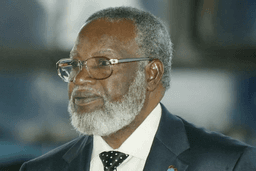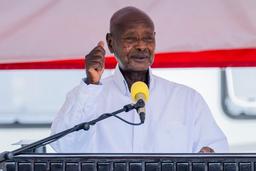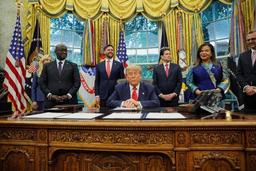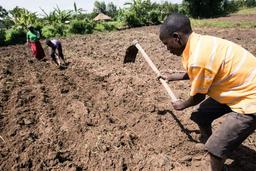Somalia
Landscape: Somalia is mostly arid and semi-arid, with flat plateaus and rugged terrain. The northern part is mountainous, especially near Somaliland. Rivers: Two major rivers, the Juba and the Shabelle, flow southward and support agriculture. Climate: Hot and dry with frequent droughts and seasonal monsoons

19.7 Million

Horn of Africa

637,657sq km

EAT, UTC+3

Somali, Arabic Somali Shilling(sos)

Somali Shilling(sos)

Islam 100%

H.E Hassan Sheikh Mohamud
Brief
Somalia is a country located in the Horn of Africa, on the easternmost part of the continent. It has a long coastline along the Indian Ocean and is bordered by Djibouti to the northwest, Ethiopia to the west, and Kenya to the southwest. Somalia has a rich history, a unique culture, and has faced numerous political and humanitarian challenges over the past few decades.
Ancient Times: Somalia was part of important trade routes connecting Africa, the Middle East, and Asia. Ancient city-states like Opone and Mogadishu were known to Arab, Persian, and even Chinese traders.
Colonial Era: The territory was divided between the British (British Somaliland) and the Italians (Italian Somaliland).
Independence: Somalia gained independence on July 1, 1960, when British and Italian Somali lands united.
Civil War: Starting in 1991, the country has faced ongoing conflict, leading to the collapse of central government and a prolonged humanitarian crisis.
Recent Developments: Though parts of Somalia remain unstable, some regions like Puntland and Somaliland (which claims independence) have seen relative peace and development.
Cultural Life
Cultural milieu
Somalia, located in the Horn of Africa, boasts a unique and vibrant culture shaped by centuries of history, nomadic traditions, Islamic values, and a strong sense of community. Despite facing prolonged civil conflict and political instability, Somali cultural identity remains deeply rooted and widely preserved across generations and among the diaspora.
At the heart of Somali culture is the Somali language, a Cushitic tongue that unites the people. Oral traditions, especially poetry, play a central role in daily life and social communication. Somalia is often referred to as a "Nation of Poets," with poetry serving as a medium for education, political expression, and preservation of history. This oral culture continues to thrive in both rural and urban communities.
Islam is the dominant religion and plays a foundational role in shaping Somali customs, laws, and daily practices. The majority of Somalis are Sunni Muslims, and Islamic festivals like Eid al-Fitr and Eid al-Adha are widely celebrated. Religious values influence dress, behavior, and family life, with modesty and respect for elders being highly regarded.
Social organization in Somalia is strongly clan-based. Clans and sub-clans form the backbone of society, offering identity, protection, and mechanisms for conflict resolution. Clan elders hold significant influence and are respected as leaders and mediators. Traditional pastoralism and nomadic lifestyles are still common, especially in rural areas, promoting values of independence, cooperation, and hospitality.
remarkable resilience. The diaspora continues to promote Somali traditions abroad, while at home, cultural practices remain vital in both daily life and national identity. As Somalia continues to rebuild, its strong cultural foundations serve as a source of unity and pride for its people.
The cultural milieu of Somalia is a reflection of its deep-rooted history, Islamic faith, and nomadic legacy. It is a culture of resilience, rich oral traditions, and strong community bonds—an enduring testament to the spirit of the Somali people.
Daily Life and social customs
Daily life in Somalia revolves around strong family ties, Islamic traditions, and pastoral or urban livelihoods. Most Somalis are Sunni Muslims, and Islam shapes their routines, with daily prayers, Friday congregational worship, and observance of Ramadan being integral. Traditional Somali society is clan-based, with extended families often living together or maintaining close connections. Respect for elders is emphasized, and community decisions often involve elders or clan leaders.
In rural areas, nomadic pastoralism remains a way of life, with families herding camels, goats, and sheep across arid lands. Urban dwellers, particularly in Mogadishu and other major towns, engage in trade, services, and informal business. Somali cuisine features rice, pasta, meat, and spiced tea, with meals often eaten communally, seated on the floor.
Social customs include elaborate hospitality, where guests are welcomed with food and drinks. Greetings are warm and formal, often accompanied by handshakes and inquiries about health and family. Despite decades of conflict, Somali people maintain a vibrant oral tradition through poetry, storytelling, and song, reflecting resilience and a strong cultural identity.
Photos


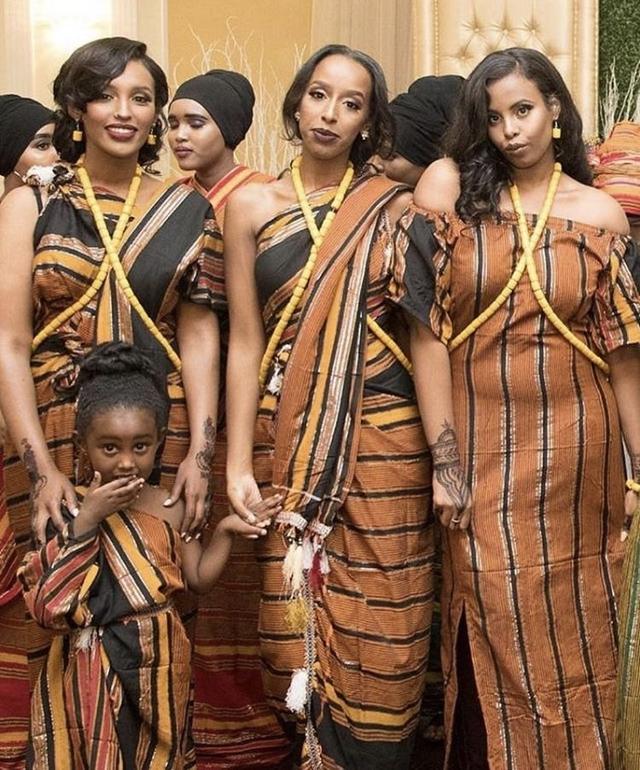

Cuisines
Somali cuisine is a flavorful fusion of African, Arabian, and Indian influences, shaped by the country’s nomadic traditions and coastal geography. Staple foods include rice (bariis) often cooked with aromatic spices, pasta (baasto) served with spiced meat sauces, and flatbreads like canjeero or laahooh, similar to Ethiopian injera but thinner and sweeter. Goat, beef, camel meat, and chicken are commonly used, along with fish in coastal areas. Dishes are often accompanied by banana, even when served with savory meals. Spices such as cardamom, cumin, and cinnamon are used generously. Somali tea (shaah) and spiced milk drinks are also popular, and meals are often shared communally, reflecting the importance of hospitality in Somali culture.

PHOTOS




Music
Somali music is rich and deeply rooted in the country’s oral traditions, blending poetic storytelling with distinctive melodies and rhythms. Traditional Somali music features instruments like the oud (a stringed lute), drums, and clapping, often accompanying songs that express themes of love, history, and social issues. Qaraami is a popular classical style, characterized by emotional vocals and poetic lyrics. Modern Somali music blends these traditional sounds with influences from Arabic, East African, and Western genres like pop and hip-hop. Music plays an important role in social life, celebrations, and cultural identity among Somalis both in Somalia and the diaspora.
PHOTOS
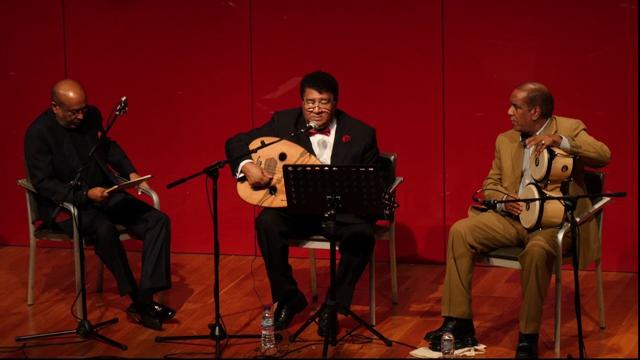

Arts
Somali art is deeply connected to the country’s nomadic heritage and Islamic traditions, emphasizing craftsmanship and storytelling. Traditional arts include intricate weaving, embroidery, and leatherwork, often used to create clothing, tents, and everyday items. Wood carving and metalwork are also practiced, though figurative art is rare due to religious influences discouraging depictions of living beings. Poetry and oral literature hold a special place as vital artistic expressions, with skilled poets celebrated across Somali society. In recent times, contemporary Somali artists have begun exploring painting, calligraphy, and modern visual arts, blending traditional themes with new techniques to reflect the nation’s evolving cultural identity.
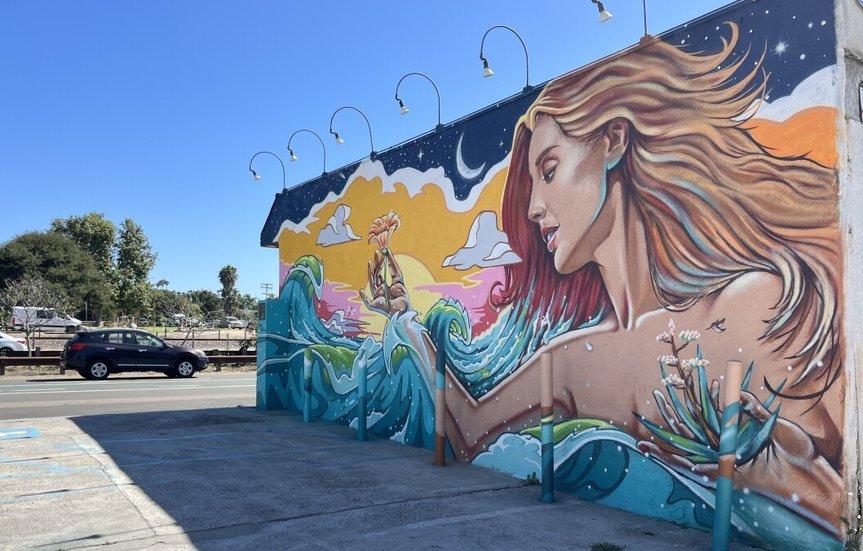
Art Gallery




People
Ethnic Groups
Somalia is predominantly inhabited by ethnic Somalis, who make up about 85-90% of the population. The Somali people are traditionally organized into clans and sub-clans, which play a significant role in social structure and identity. Major clan families include the Darod, Hawiye, Isaaq, Dir, and Rahanweyn. Besides ethnic Somalis, there are minority groups such as the Bantu, who live mainly in southern Somalia, as well as other smaller communities like the Bravanese and Arabs. These diverse groups contribute to Somalia’s cultural mosaic, with shared language and Islamic faith serving as unifying factors across ethnic lines.
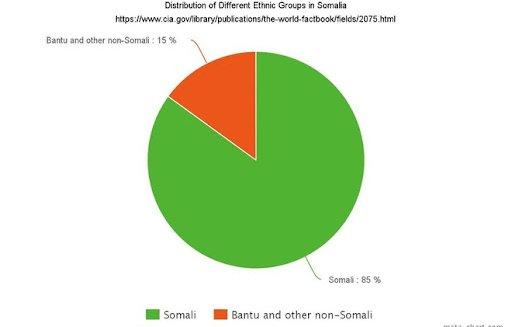



Religion
Islam is the dominant religion in Somalia, with nearly the entire population adhering to Sunni Islam, primarily following the Shafi'i school of jurisprudence. Islam profoundly shapes Somali culture, laws, and daily life, with religious practices and values deeply integrated into society. Sufi brotherhoods, such as the Qadiriyya and Ahmadiyya orders, also have a significant presence, influencing spiritual life and community cohesion. Traditional beliefs have largely blended into Islamic practices over time. Christianity and other religions exist only in very small numbers, making Somalia one of the most religiously homogeneous countries in the world.

Settlement Patterns
Somalia’s settlement patterns are shaped by its arid climate, nomadic traditions, and ongoing conflicts. Much of the population lives a pastoralist lifestyle, moving seasonally with livestock across rural areas, especially in the northern and central regions. Urban centers like Mogadishu, Hargeisa, and Bosaso serve as political, economic, and cultural hubs, attracting migrants seeking better opportunities and security. Coastal towns support fishing communities, while some agricultural settlements exist in riverine areas like the Juba and Shabelle valleys. Due to instability and displacement, many rural areas have seen depopulation, with increased urbanization in safer cities and towns.



Demographic Trends
Somalia's demographic landscape is characterized by rapid growth, a youthful population, and increasing urbanization. As of 2023, the estimated population was approximately 18.1 million, with a growth rate of 2.42% . The fertility rate remains high at 6.90 children per woman, though it has been gradually declining from previous years . The population is predominantly young, with 42.38% under the age of 15, and only 2.27% aged 65 and over . Urbanization is on the rise, with the urban population reaching 47.9% in 2023 and an annual growth rate of 4.2% . This trend reflects a shift towards urban living, driven by factors such as economic opportunities and infrastructure development. These demographic trends present both opportunities and challenges for Somalia, necessitating investments in education, healthcare, and urban planning to accommodate the growing and youthful population.

Touristic Cities
Mogadushu City
Mogadishu, the capital and largest city of Somalia, is a historic port city located along the Indian Ocean coast. As the country’s political, economic, and cultural center, it hosts key government institutions, businesses, and the main international airport. Despite decades of conflict and rebuilding efforts, Mogadishu is gradually recovering with growing urban development, bustling markets, and vibrant street life. The city is known for its mix of traditional Somali architecture and modern buildings, as well as important landmarks like the Mogadishu Cathedral and the Liido Beach area. Mogadishu remains a symbol of resilience and hope for Somalia’s future, playing a crucial role in national reconstruction and regional trade.
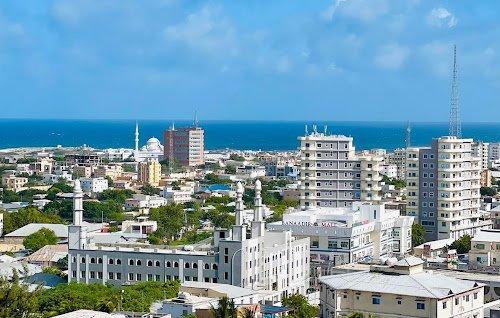
Somalia has several important cities that serve as political, economic, and cultural hubs. The capital and largest city is Mogadishu, located on the Indian Ocean coast, known for its port, government institutions, and vibrant urban life. Hargeisa, the capital of the self-declared Republic of Somaliland in the northwest, is a major commercial and cultural center with growing infrastructure. Bosaso in the northeast is a key port city on the Gulf of Aden, vital for trade and fishing industries. Kismayo, in the south, is an important port and agricultural hub. Other notable cities include Galkayo, a divided city in the central region serving as a trade center, and Baidoa, known for its agricultural significance. These cities reflect Somalia’s geographic and cultural diversity, despite challenges from conflict and development.




Accommodations
Guesthouses
Guesthouses in Somalia serve as affordable and practical accommodation options, particularly in cities like Mogadishu, Hargeisa, and Bosaso. These lodgings are often modest in size and run by local families or private owners. They cater mainly to domestic travelers, aid workers, or diaspora returnees. Guesthouses provide basic amenities such as clean rooms, Wi-Fi, and home-cooked meals. Security is usually a top priority, with most guesthouses employing private guards and maintaining secure premises.



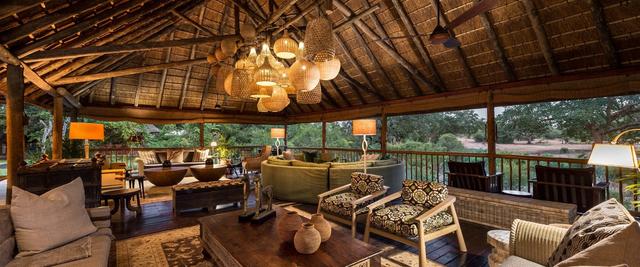
Hotels and Resorts
Hotels in Somalia range from basic city hotels to more modern establishments offering international-style services. Major cities like Mogadishu and Hargeisa have seen a growth in hotel infrastructure, with popular hotels like Jazeera Palace Hotel and Ambassador Hotel offering air-conditioned rooms, conference facilities, restaurants, and high-level security. These hotels often serve visiting businesspeople, NGO staff, and government officials. In smaller towns, hotels are simpler and provide fewer amenities but still offer essential lodging services.




Raids
Traditional raids or riads typically associated with Moroccan architecture featuring inward-facing courtyards are not a common feature in Somali accommodation. However, some boutique guesthouses or private lodgings, especially in heritage towns like Zeila or Barawe, may incorporate elements of traditional Somali and Islamic architecture, such as arched doorways, shaded courtyards, and carved wooden features. While not true riads, these places provide culturally rich lodging experiences.




Camping
Camping in Somalia is not widespread due to security concerns, but it may occur in specific regions with relative stability, such as parts of Somaliland or Puntland. Organized camping is mainly done by adventurers, researchers, or locals on short excursions. Coastal areas and mountain ranges like Daallo in the Sanaag region offer scenic but underdeveloped camping opportunities. Travelers interested in camping should coordinate with local guides and ensure safety precautions are taken, as facilities are typically very basic or nonexistent.



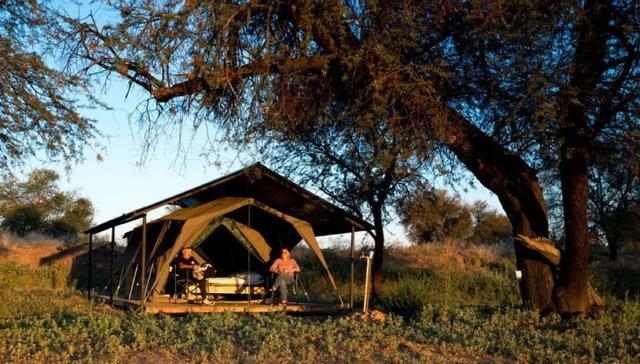
Requirement for visa
Documents needed when applying for a visa
To apply for a Somalia visa, you typically need to gather several documents, depending on the purpose of your visit (tourism, business, or official). Somalia offers visa on arrival for many nationalities, but others may need to apply in advance through Somali embassies or consulates, especially for longer stays or work-related travel.
BASIC DOCUMENTS REQUIRED FOR A SOMALIA VISA (Tourist or Business)
- Valid Passport – At least 6 months validity.
- Visa Application Form – Completed and signed.
- Passport Photo – Recent, passport-sized.
- Travel Itinerary – Flight bookings (inbound and outbound).
- Accommodation Proof – Hotel booking or host invitation.
- Letter of Invitation – Required for business or family visits.
- Proof of Funds – Bank statement or financial support proof.
- Visa Fee – Usually $40–$60 (in USD).
- Yellow Fever Certificate – If arriving from a risk area.
- Security Clearance – For some nationalities or work purposes
Economy of Somalia
Agriculture Sector
Agriculture in Somalia plays a crucial role in the country’s economy and livelihoods, despite challenges posed by arid climate and recurrent droughts. The sector mainly consists of subsistence farming and pastoralism, with many communities relying on livestock such as camels, goats, sheep, and cattle for food and income. Crop farming is concentrated along the fertile river valleys of the Juba and Shabelle, where maize, sorghum, sesame, and fruits like bananas and mangoes are cultivated. Fishing is also important along Somalia’s long coastline. However, agricultural productivity is often hindered by insecurity, limited infrastructure, and climate variability. Efforts to improve irrigation, introduce drought-resistant crops, and rebuild rural economies are ongoing to boost food security and economic growth
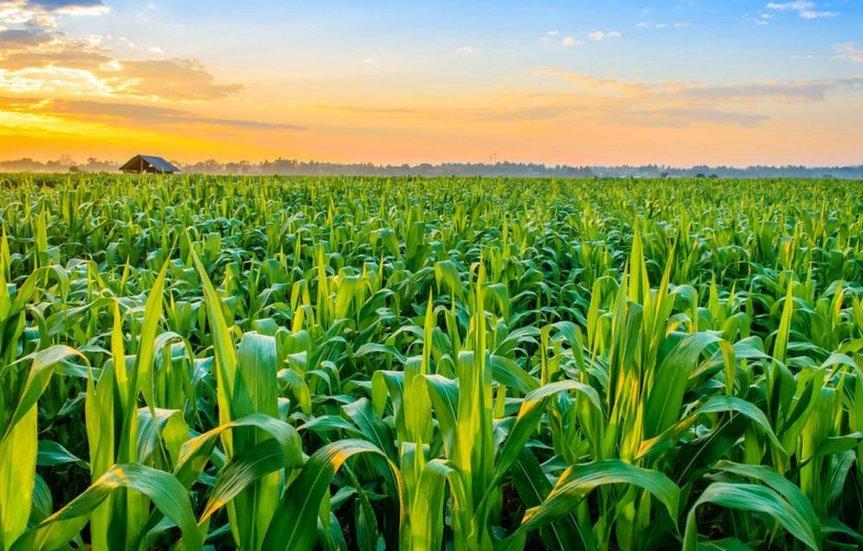
Somalia’s financial sector is gradually recovering and expanding despite decades of instability. The country relies heavily on informal money transfer systems like hawala to facilitate remittances from the diaspora, which are a critical source of foreign exchange and support for households. Formal banking is limited but growing, with several commercial banks operating mainly in major cities like Mogadishu, Hargeisa, and Garowe. Efforts are underway to strengthen financial regulation, improve transparency, and promote financial inclusion to support economic development and attract investment.
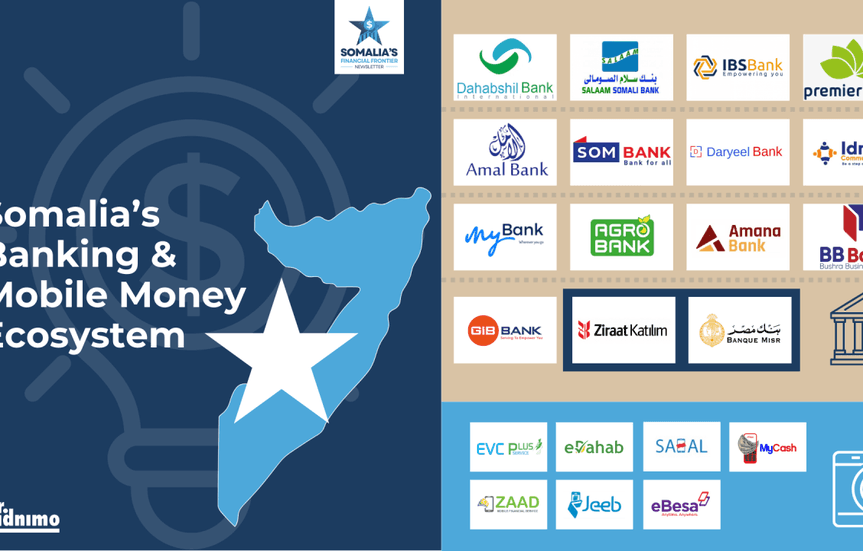
Trade is vital to Somalia’s economy, with imports vastly outweighing exports. The country mainly imports foodstuffs, machinery, fuel, and manufactured goods from countries such as the United Arab Emirates, China, and Kenya. Exports include livestock, bananas, fish, and charcoal, which are sold primarily to Middle Eastern and East African markets. Somalia’s long coastline offers significant potential for maritime trade, and the government has been working to improve port infrastructure and trade policies to boost commerce and regional integration.
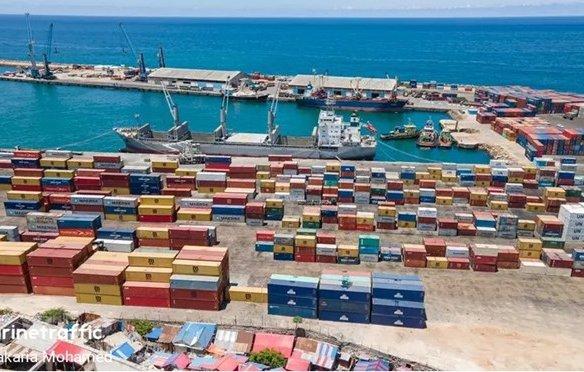
Somalia’s industrial sector remains small and underdeveloped due to years of conflict and limited infrastructure. Most industrial activity is concentrated in food processing, textiles, leather goods, and construction materials. Small-scale manufacturing serves mainly domestic markets, with limited capacity for large-scale production or export. However, there is potential for growth in agro-processing and fisheries, given Somalia’s abundant natural resources. Investment in infrastructure and stability are crucial to expanding the industrial base and creating jobs.
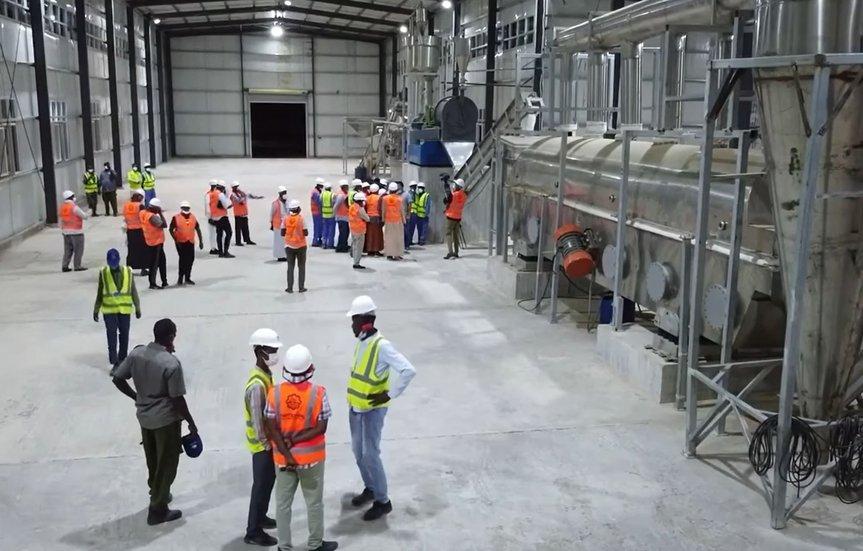
Transportation and Telecommunication
Somalia’s transportation infrastructure is developing but faces challenges due to decades of conflict and limited investment. The country relies heavily on road networks to connect major cities like Mogadishu, Hargeisa, and Bosaso, though many roads outside urban areas remain in poor condition. Air transport is important, with Mogadishu’s Aden Adde International Airport serving as the main gateway for passengers and cargo. The port of Mogadishu and others like Bosaso play crucial roles in trade and imports. Telecommunications in Somalia have grown rapidly, with a competitive private sector providing widespread mobile phone coverage and internet access, despite limited regulatory frameworks. Mobile money services are widely used, supporting commerce and everyday transactions. These sectors are vital for Somalia’s ongoing recovery and economic development







Latest News in Somalia
Politics
The first president of independent Namibia, Sam Nujoma, has died at the age of 95 in the capital Windhoek, the country's current leader has announced.
Politics
Ugandan President Yoweri Museveni has officially announced his intention to seek re-election in the 2026 presidential race, extending his nearly four-decade rule. Museveni, who has been in power since 1986, is once again positioning himself as the steady hand guiding Uganda through challenges. His decision has sparked mixed reactions, with supporters praising his leadership and longevity, while critics call for fresh leadership and political reform. As the nation looks ahead to the 2026 elections, Uganda braces for a heated political contest.
Politics
Peace Agreement with DRC Rwanda and the Democratic Republic of Congo (DRC) signed a U.S.-brokered peace deal aimed at ending conflict and promoting regional trade. Rwanda agreed to stop supporting armed groups like M23 rebels, though it denies involvement. Tensions remain, and President Kagame is cautious about whether the peace will last.
Wildlife
Tanzania has announced that all foreign tourists visiting Mainland Tanzania will be required to purchase a mandatory travel insurance policy upon arrival, beginning January 2026. The new regulation, issued by the Ministry of Finance on July 4, 2025, is part of the government reforms in the country’s 2025/26 financial year agenda. According to the notice, the measure will apply to all non-citizens, with the exception of visitors from countries that are part of the East African Community (EAC) and the Southern African Development Community (SADC). Citizens from these regions will continue to be exempt from the requirement.
Environment
In light of the growing food insecurity crisis across many African nations, heads of state and agriculture experts gathered in Nairobi, Kenya, this week to discuss solutions to address food shortages, especially in regions severely affected by climate change, political instability, and economic challenges. The two-day summit, titled “Agriculture and Climate Resilience: A Pan-African Strategy”, brought together government officials, NGOs, scientists, and international organizations to create a comprehensive strategy to improve agriculture, nutrition, and sustainable food systems across the continent.
Tech & Science
In 2025, Artificial Intelligence (AI) isn’t just a futuristic buzzword - it’s the secret weapon behind some of the world’s most successful content creators. From bloggers and YouTubers to podcasters and marketers, AI-powered tools are changing the way we brainstorm, write, design, and edit. If you've ever struggled with writer’s block, lacked design skills, or wished for faster content creation - AI might be your best assistant yet. Here’s how AI is revolutionizing the creative industry and how you can use it to boost your projects.
